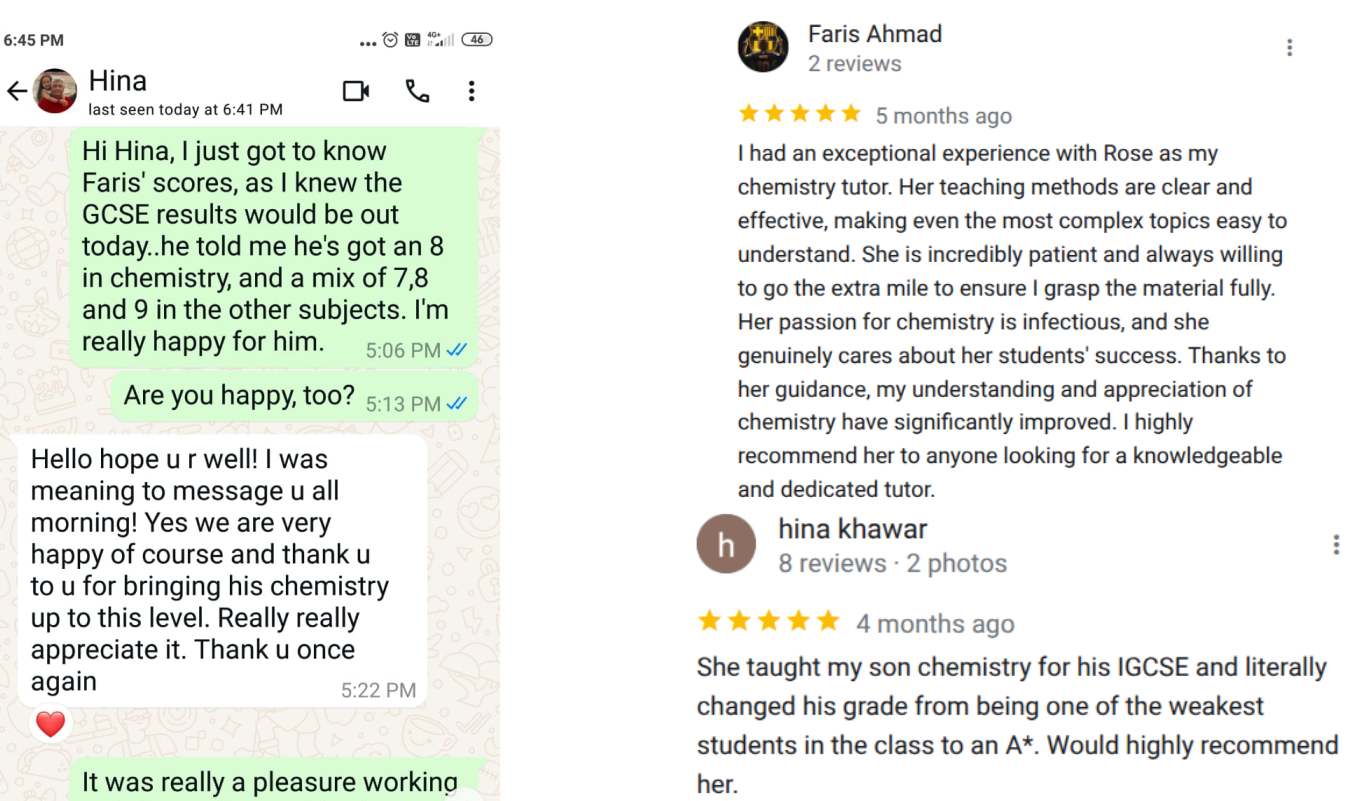How to Work Smarter not Harder as a Student
Using Neuroplasticity
Introduction
What if there was a way to make learning easier and more effective for kids?
What if parents and tutors could help children not just memorize but also master skills for life?
The answer lies in neuroplasticity—the brain’s ability to adapt, grow, and rewire itself. Understanding how neuroplasticity works allows students, parents, and tutors to create learning strategies that align with the brain’s natural abilities.
This means fewer battles over homework, more confidence for kids, and better long-term results. Let’s explore how to work smarter not harder as a student by leveraging the power of neuroplasticity.
What Is Neuroplasticity, and Why Does It Matter for Learning?
Neuroplasticity is the brain’s ability to reorganise by forming new neural connections. Think of it as the brain’s version of “muscle memory.” Just like exercising strengthens muscles, practising and learning create stronger neural pathways.
For parents and tutors, this is excellent news! It means a child’s brain isn’t fixed. With the right approach, they can improve their memory, focus, and problem-solving skills—no matter where they start.
How does neuroplasticity work? Every time a student learns something new, their brain forms new connections. The more they reinforce those connections through practice, the stronger they become.
Key takeaway: Brains grow with use, effort, and the right kind of practice.
How Neuroplasticity Empowers Parents and Tutors
Understanding neuroplasticity can transform how we teach. Here’s why:
It Shifts the Focus to Growth, Not Limits
Neuroplasticity debunks the myth of “fixed intelligence.” Instead of labelling a child as “not good at chemistry” or “a slow learner,” parents and tutors can focus on helping them grow their skills.
By adopting a growth mindset, children learn that effort leads to improvement. This belief boosts their confidence and willingness to tackle challenges.
It Creates Better Learning Strategies
Here are three brain-friendly strategies that work with neuroplasticity:
Repetition and Practice:
The more a child practices a skill, the stronger the neural connections become. Small, consistent sessions are better than cramming.
Varied Activities:
Engaging in diverse learning tasks (e.g., reading, hands-on projects, and problem-solving) stimulates different brain areas, strengthening learning capacity.
Positive Reinforcement:
Encouraging effort over results helps kids associate learning with positive emotions, reinforcing their desire to keep trying.
Why Neuroplasticity Builds Lifelong Skills
The benefits of applying neuroplasticity principles go beyond academics. Children who develop adaptable brains are better equipped for life’s challenges, including:
- Problem-solving in unfamiliar situations.
- Emotional resilience in the face of setbacks.
- Confidence to tackle new skills and experiences.
As parents and tutors, our goal isn’t just to teach facts. It’s to give children the tools to become lifelong learners—neuroplasticity is the key.
How Do You Rewire Your Brain with Neuroplasticity for Better Learning?
Applying neuroplasticity principles to learning ensures students retain and use information effectively. Here’s how to rewire your brain with neuroplasticity for academic success:
Encourage Daily Practice
Small, consistent efforts are the key to building strong neural connections. Instead of long study sessions, break learning into 15-20 minute blocks over multiple days.
Make Learning Fun and Varied
Use a mix of activities to keep the brain engaged:
- Puzzles and games for critical thinking.
- Creative activities like drawing or storytelling to build new pathways.
- Physical activities like dance or sports boost brain function.
Focus on Effort, Not Perfection
Celebrate progress over results. For instance:
- If a child struggles with math, praise them for sticking with a problem, even if they get the answer wrong.
- Help them see mistakes as opportunities to learn.
Model a Growth Mindset
Parents and tutors should model resilience and adaptability. Share your own experiences of learning something challenging and how persistence paid off.
Encourage Mindfulness
Mindfulness activities, like meditation or deep breathing, help kids regulate their emotions and improve focus. This creates an optimal state for learning.
Case Study: Helping Faris Master Chemistry
Faris, an IGCSE Edexcel Year 10 student, came to me at the beginning of the school year. His mother contacted me because Chemistry had always been his weak point. While he excelled in Physics and Math, Chemistry was an insurmountable challenge.
When I started working with Faris, I quickly noticed a key issue: he struggled to organise facts, theories, and concepts in his mind. All he was taught at school were formulae and definitions. Still, he didn’t understand them without understanding the “why” and “how,” and he couldn’t apply these concepts to problems.
I took a neuroplasticity-driven approach to help Faris:
Making Concepts Relatable
I used everyday situations to explain abstract Chemistry concepts, making the subject feel like a story rather than a collection of formulas. For example, when teaching chemical bonding, I compared it to friendships: “Some atoms share things equally like good friends, while others keep everything to themselves.” This analogy helped him visualise how ionic and covalent bonds work.
Building Neural Connections Through Problem-Solving
I demonstrated problem-solving techniques and showed him how to approach past exam papers. We also discussed how to answer according to the marking scheme, reinforcing the skill of answering accurately and efficiently.
Reinforcement Where Needed
Some chapters clicked quickly for Faris, while others required repetition and reinforcement. Nevertheless, he consistently attended our sessions every Monday evening. By focusing on regular practice, his understanding improved steadily. We kept revisiting tricky topics and reinforced his learning with past exam questions in the final months before his exams.
When exam day arrived, Faris felt calm and confident. He later told me the paper felt “very easy.” His hard work paid off when he scored an impressive 8 out of 9 in Chemistry. Faris and his mother were overjoyed, and she even left a glowing review for my tutoring services without hesitation.

Conclusion
Neuroplasticity has the power to revolutionise how we teach and parent.
How to work smarter not harder as a student is not about shortcuts—it’s about using the brain’s natural adaptability to learn more effectively.
Parents and tutors can create more effective, engaging, and supportive learning environments by understanding how neuroplasticity works. The key is to focus on small, consistent efforts, positive reinforcement, and varied learning experiences to keep the brain engaged.
When we work with the brain’s natural abilities, we don’t just teach smarter—we help children unlock their full potential. So, whether helping with math homework or guiding emotional growth, remember that every effort rewires the brain for success.



